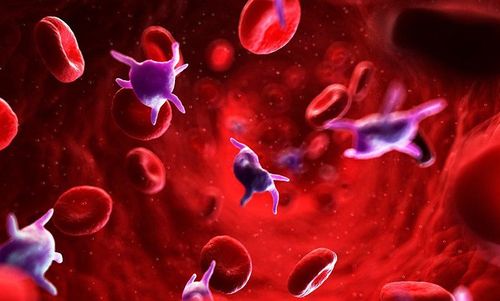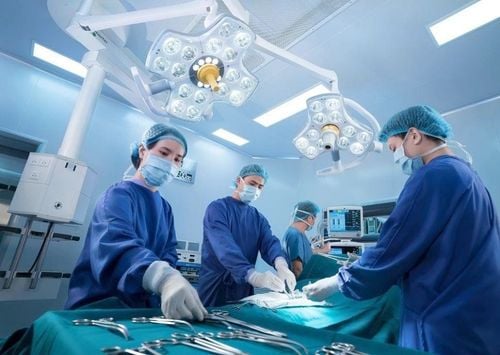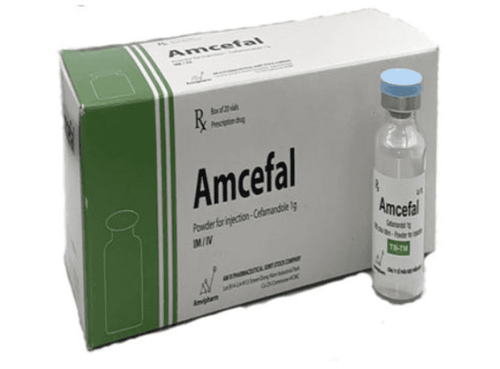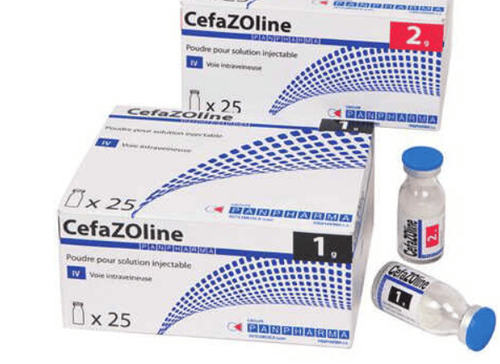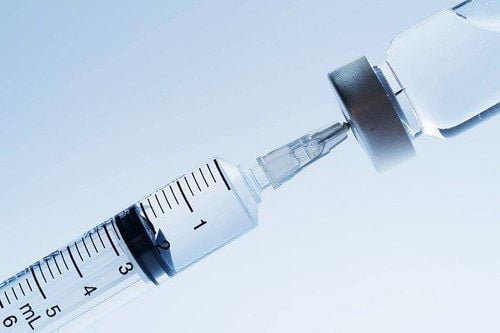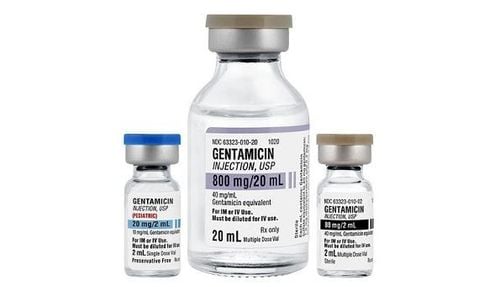This is an automatically translated article.
Sepsis is a serious blood infection that can be life-threatening. There are many causes of sepsis, of which dialysis is one of the leading risks.
1. What is sepsis? The symptoms
Sepsis or blood poisoning is a serious illness caused by bacteria, viruses, or fungi that release chemicals into the bloodstream to fight the body's inflammatory response. These reactions create a series of internal changes that lead to damage to organs such as the liver and kidneys, and cause the body to weaken rapidly.
Symptoms of sepsis usually start very quickly with the following signs:
Chills Fever Rapid breathing Tachycardia More serious symptoms will begin to appear as sepsis progresses without proper treatment ways, including:
Unable to think clearly or being confused Nausea or vomiting

Nhiễm khuẩn huyết tiến triển nặng khiến bệnh nhân bị nôn mửa
Red dots appear on the skin Oliguria Insufficient blood flow Shock When experiencing the above signs, the patient should be taken immediately to a hospital or specialized medical facility for timely treatment and treatment of sepsis .
2. Who is at high risk of sepsis?
Sepsis is at high risk for the following:
Has a severe wound or burn The elderly, infants, young children Have a compromised immune system that is susceptible to sepsis, for example such as HIV or leukemia or from medical treatments such as chemotherapy or the patient is receiving steroid injections. Having a urinary catheter or IV (including dialysis) Patients on mechanical ventilation are also at risk of sepsis.
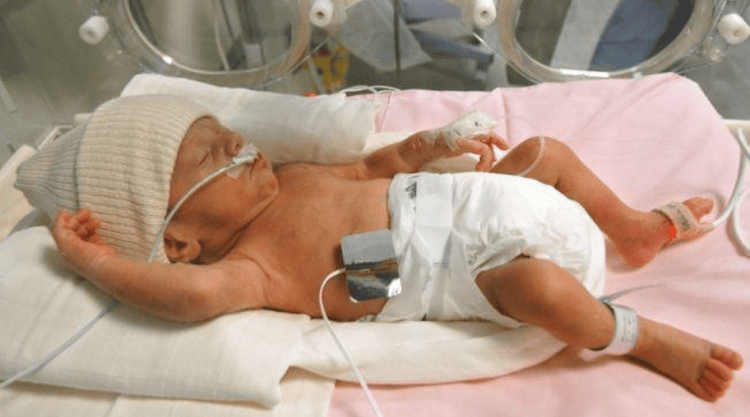
Đối tượng có sức đề kháng yếu có nguy cơ cao nhiễm khuẩn huyết
3. Why is dialysis prone to sepsis?
Experts in the field of artificial kidney said that dialysis is one of the positive solutions for patients with chronic kidney failure.
Dialysis is prone to sepsis because when dialysis requires a catheter in the central vein. The part of the catheter located in the lumen will be covered by plasma such as fibrinogen, fibronectin and laminin very quickly, which is a favorable environment for the attachment and growth of staphylococci.
In addition, the glycalise complex of staphylococcus aureus is considered an effective assistant to help bacteria colonize and spread rapidly. Elderly people and patients with diabetes are the subjects that are most susceptible to sepsis during dialysis.
In addition to poor catheter care and hygiene, a number of other medical history causes that make dialysis susceptible to sepsis can be: immunosuppression, decreased blood albumin, increased production of oxygen reaction or history of sepsis.
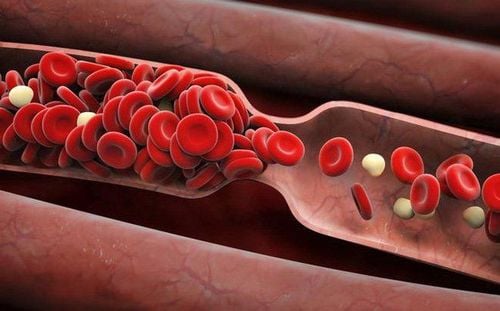
Lọc máu dễ bị nhiễm khuẩn huyết
Sepsis easily causes serious complications for patients, so when dialysis, it is necessary to pay close attention to the hygiene of the hospital, especially hygiene and storage. venous catheters.
Currently, the emergency dialysis technique for patients with multi-organ failure is being applied at Vinmec International General Hospital. With a system of modern machinery and a team of highly qualified and experienced doctors and nurses, Vinmec is committed to the best protection for patients' health.
Vinmec uses a modern, new, multi-featured machine system. Fresenius multiFiltrate continuous dialysis machine with many outstanding advantages. The team of doctors and nurses are skilled, experienced technicians and have been trained in this technique very intensively, with a lot of experience in handling critical patients, providing support and assistance. coordinate with departments in the hospital to treat severe and complicated patient cases.
Customers can directly go to Vinmec Health system nationwide to visit or contact the hotline here for support.




